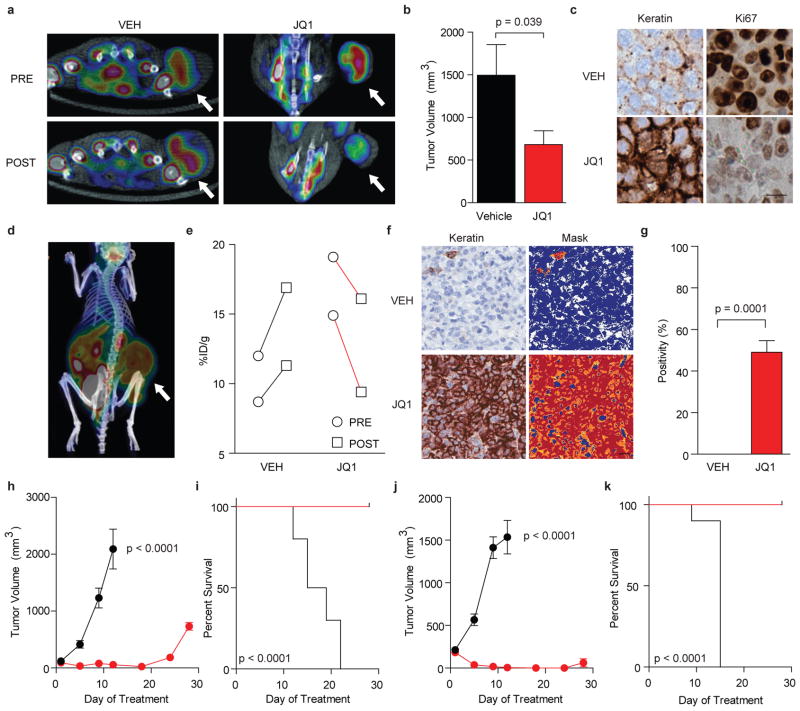Figure 5. JQ1 promotes differentiation, tumor regression and improved survival in murine models of NMC.
a, PET imaging of murine NMC 797 xenografts. FDG uptake in xenograft tumors is reduced by 50 mg kg −1 JQ1 treatment compared to vehicle control. b, Tumor volume is reduced in mice with established disease (NMC 797 xenografts) treated with 50 mg kg −1 daily JQ1 compared to vehicle control. A significant response to therapy is observed by two-tailed t-test at 14 days (p = 0.039). Data represent the mean ± s.d. (n = 7). c, Histopathological analysis of NMC 797 tumors excised from animals treated with JQ1 reveals induction of keratin expression (AE1/AE3, 40x) and impaired proliferation (Ki67, 40x), as compared to vehicle-treated animals (scale bar is 20 μm). d, Viability of patient-derived NMC 11060 xenografts was confirmed by PET imaging. e, Therapeutic response of primary 11060 NMC xenografts to (+)-JQ1 (50 mg kg −1 daily for four days) was demonstrated by PET imaging. f, Histopathological analysis of primary NMC 11060 tumors excised from animals treated with (+)-JQ1 reveals induction of keratin expression (AE1/AE3, 20x; scale bar is 20 μm), compared to vehicle-treated animals. Quantitative analysis of keratin induction was performed using image masking (f, right panel) and pixel positivity analysis (g). A significant response to therapy is observed by two-tailed t-test (p = 0.0001). Data represent the mean ± s.d. of three independent wide microscopic fields. Comparative images of stained excised tumors and quantitative masks are provided in Supplementary Figure 14. h–k, (+)-JQ1 (50 mg kg −1 daily for 18 days) produces a decrease in tumor volume (h, j) and promotes improved survival (i, k) in patient-derived 11060 (h, i) and Per403 (j, k) NMC xenograft models (n=10 in all groups). A significant response to therapy is observed for tumor volume by two-tailed t-test (p < 0.0001) and for overall survival by a log-rank test (p < 0.0001).

